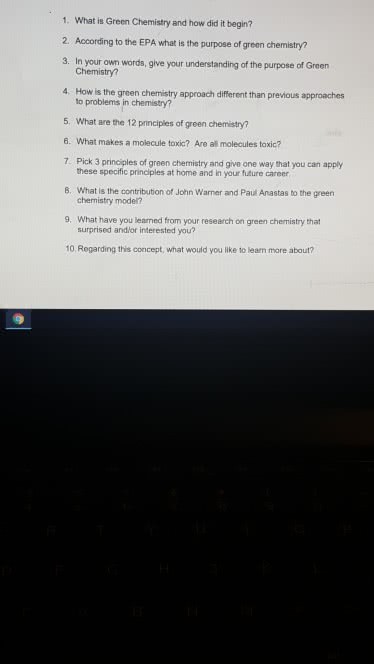PHC320H1 Lecture 2: Lecture 2 Biochemistry, Combinatorial Chemistry, Automation
Document Summary
Cell-based assay: reverse disease based on general disease phenotype. Mechanisms of action understood better: e. g. division of antibiotics into those inhibiting rna, dna, or protein synthesis. Scientists derivatize molecules with increased potency (medicinal chemistry), make improvements. New school cell-based: too many me too drugs, vioxx specificity may not always be advantageous. Systems biology , ex vivo new targets, new pharma abandon antibiotics new quantitative targets, still difficult to identify moa. High throughput screening (hts) large number of compounds tested in automated fashion for activity as inhibitors or activators of a particular biological target (cell surface receptor, metabolic enzyme) Automation/informatics: tubes 96 well plates 384 well plates 1536 well plates, yes/no screens, robots, hts, rapid analysis, quantifiable detection, quantitative readouts. Chemistry compound: natural products difficult to obtain large quantities, difficult to isolate single, medicinal chemistry improvements, modification, greater efficacy, methods to synthesize many compounds in parallel, modify structure. Combinatorial chemistry: large number of compounds prepared at one time.



